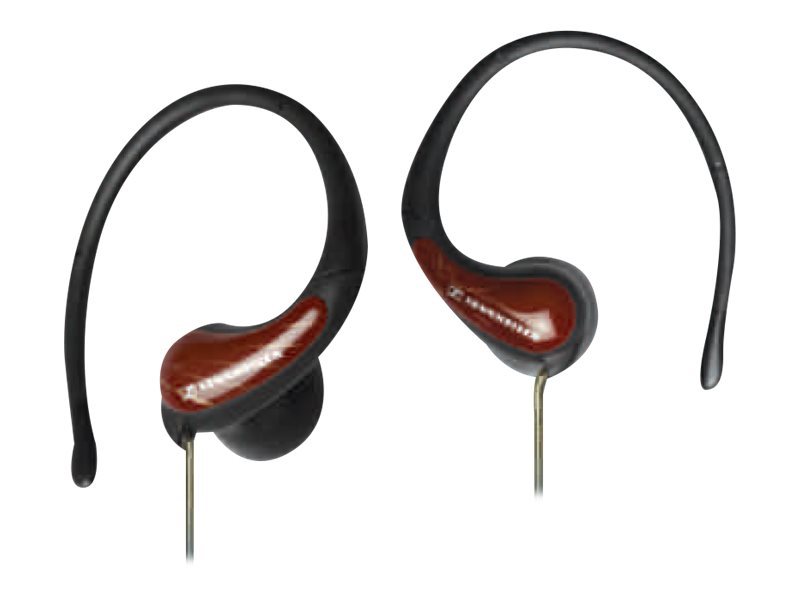The sound quality can be affected by many factors. For many users the frequency range is a key feature of headphones. The wider the range, the more detail and nuance you will hear while listening. However, every individual perceives frequencies differently, so the frequency range of headphones varies according to individual needs. The average person perceives frequencies in the range of 16 to 20,000 Hz, so headphones with a frequency range of 20 to 20,000 Hz are most commonly available. If you are looking for headphones with a good bass performance, you should aim for lower range values (bass represents frequencies up to about 256 Hz), while high range values (frequencies roughly above 2,048 Hz) will be better for reproducing high tones. The frequency range of headphones Sennheiser OMX 181 is 18 - 20000 Hz. Overall, these headphones can reproduce sound up to 118 dB. However, be careful. Repeatedly playing music continuously at really high volumes can damage your hearing. To control the optimum playback volume you can use the manual control directly on the cable.
The device connected to the headphones also plays a role most times. The lower impedance value (approximately 100 to 150 Ohms) is suitable for playback from mobile phones, laptops or other portable players that do not have a powerful enough amplifier. The lower impedance will ensure that the required volume level is achieved with less power, thus extending the life of the player. However, at the same time, with lower impedance, there is more distortion of the sound. Headphones with a higher impedance of around 250 Ohms and above are then more suitable for playback from really powerful signal sources or using a headphone amplifier, otherwise the sound coming out of them might not be loud enough. At the same time, higher-impedance headphones will also ensure less distortion in the sound. In the case of these headphones, the impedance reaches the 16 Ohm value. Total Harmonic Distortion of these headphones is Audio Output | Total Harmonic Distortion. The value quoted by the manufacturer is usually the average distortion over all reproducible frequency bands. This is not a crucial parameter to decide on when making a decision, but on the other hand, keep in mind that higher harmonic distortion can negatively affect sound quality.
Show more
